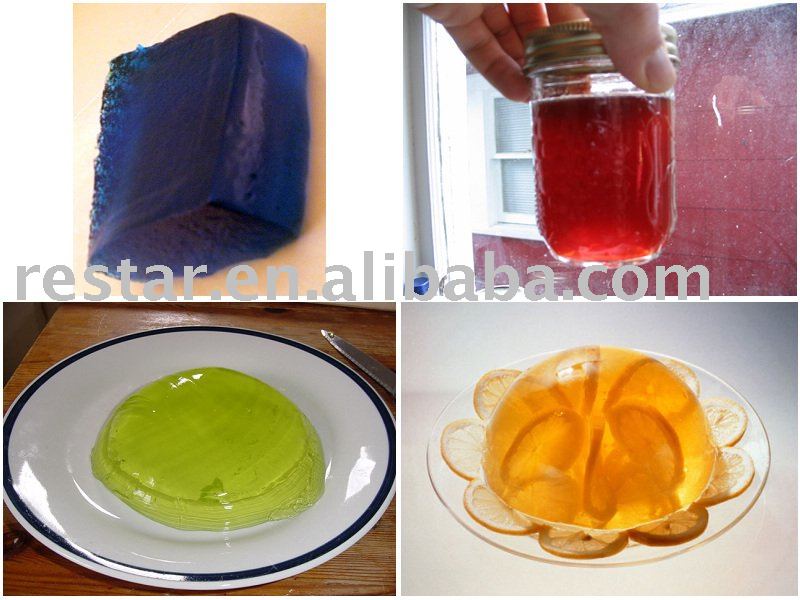

The algae are dried and then ground into a powder. Agar-agarĪgar-agar is a gelatinous material derived from certain red algae species. Let’s look at each of these gelatine alternatives in a bit more detail, so you know exactly what you’re buying and supporting. There are also vegetable gums in powdered forms, such as xanthan gum and locust bean gum. These include agar-agar and carrageenan for a thicker consistency or pectin or guar gum for a thinner one. In the past few years, vegan alternatives have been created to mimic the effects of collagen without using animals. What are the vegan alternatives to gelatine? It’s built into their financial forecasts, and a lack of supply would become a big problem in board rooms.īy purchasing products made with animal gelatine, we’re validating the slice of the financial pie chart in the meat industry and perpetuating more animal death and suffering as a result.īut by avoiding such products, where does that leave us? Does it mean you’ll never enjoy fire-roasted marshmallows ever again?įortunately, there’s a rapidly growing selection of cruelty-free gelatine-derived products on the market. depend on mass scale animal slaughter to supply collagen protein for gelatine production. Gelatine production perhaps started as a by-product of the meat industry, but with annual turnovers in the billions of dollars, I’d argue that gelatine is now a co-product of meat and dairy farming - similar to the animal leather industry.Ĭorporations like Nitta Gelatin Inc., GELITA AG, and Darling Ingredients Inc. Meat scraps leftover from processing gets used for animal feed, so there’s an argument to be made that there’s no need to slaughter animals specifically for gelatine. Are animals slaughtered specifically to make gelatine?Īs we know, gelatine is a protein substance derived from collagen found in animal body parts.Ĭollagen is the most abundant protein in an animal’s body, which makes up about 30% of its total protein.Īnimals that die in an abattoir are slaughtered for meat consumption, so there’s no waste for gelatine production. Product labels sometimes state the gelatine source, e.g. In fact, some types of seaweed also contain gelatine (more on that later). This includes horses, chickens, and fish. However, any animal with a lot of connective tissue can be used. Type A, made with pigskin, pork or calf bones.Once it’s all dissolved, the liquid is strained and cooled to form gelatine in the form of noodles, cubes or sheets. The collagen is then extracted from these boiled down animal parts. Over several hours it’s created by boiling animal parts, including skin, bones, tendons, and cartilage. Gelatine is a combination of the amino acids glycine and proline. Its versatility and relatively low price make it a popular choice for manufacturers worldwide. This high value is due to the many applications for gelatine, from food production to pharmaceuticals and cosmetics.

According to Grandview Research, the gelatine market was USD 3.2 billion in 2020 and is expected to reach an annual global turnover of USD 6.7 billion. The global gelatine industry is a massive one.

Jello (or jelly as we say in Australia).Specifically, you’ll find gelatine in products like: It’s used as a thickening agent in food and a stabiliser in pharmaceuticals and cosmetics. Gelatine (also spelt gelatin) is a colourless, odourless, and nearly tasteless protein made from animals’ bones, skin, and connective tissues. It’s considered a co-product of the meat industry and therefore isn’t vegan, or even vegetarian for that matter.īut if you want to know precisely how gelatine is made, the products that commonly use gelatine, the size of the industry and vegan-friendly alternatives, then read on to learn more.
#Does gelatin have pork skin#
Is gelatine vegan? Gelatine is a protein made from the collagen inside animals’ skin and bones.


 0 kommentar(er)
0 kommentar(er)
